by Bruce Cai
In the past, “Internal martial arts” were considered mysterious and esoteric. Internal martial arts are a concept, and this concept has had a profound impact on the Chinese martial arts community. In contrast, Wing Chun is a southern Chinese martial art defined as an “External Martial Art” system. However, this definition doesn’t apply to Practical Wing Chun.
Practical Wing Chun is a new Wing Chun system modified by Master Wan Kam Leung. The idea of the system is based on the logic and philosophy of Chinese internal martial arts and manifested in the form of Wing Chun techniques. Internal martial arts emphasise body structure and integration of all body parts during striking. Therefore, developing the practitioners’ physical abilities is critical in internal martial arts systems. The first empty hand form in Practical Wing Chun is Siu Nim Tau. However, suppose practitioners want to truly understand and master the essence of this form — in that case, they must practice and examine every movement through the lens of internal martial arts and achieve the goal of developing the potential abilities of the body.
When a practitioner embarks on their Wing Chun journey, they must first establish a correct training concept and understand that all external movements are only superficial — the subtlety behind the techniques is a test of the practitioner’s strength.
The first step is determining the relationship between the shoulder, elbow and wrist(上三节 – upper three points). Unlike “elbow force” in traditional Wing Chun, Practical Wing Chun focuses on using shoulder force from the beginning. The shoulder is the largest joint in the upper body, and it is also an essential link in the transmission of the strength of the body to the fist. Wing Chun has a unique law — the elbow should always stay in the middle (centre line). This concept is vital to Practical Wing Chun.
For example, when a practitioner performs a standard straight punch in Practical Wing Chun, the angle formed by the shoulders, elbows, and wrists should be 135 degrees — it should always be that angle. Why do we do this? There is a proverb in internal martial arts that with the alignment of three stars, one can move mountains — the three stars correspond to the shoulders, elbows and wrists. From the perspective of body development, when the practitioner wants to strut the shoulders, he needs to fix the elbows and wrists and ensure an angle of 135 degrees. In other words, if one arbitrarily changes this angle or straightens the arm when punching, the practitioner will use “elbow power”, thus failing to develop the shoulders. The right punch produces the proper support structure, also known as the “strut structure(撑架构)” in Chinese internal martial arts.

With a preliminary understanding of the (上三节) upper three points, the second step is working on the lower three points(下三节) — namely the hips, knees and ankle. The lower three points are more difficult to practice than the upper three — the most challenging thing is opening and closing the hips. In traditional Wing Chun, most stances are based on a slight inward clamping of both knees, forming a solid triangle. However, in Practical Wing Chun, we do not clamp the knees — like the four horizontal stances (四平马) in Hung Kuen(洪拳).
So, does the stance of Practical Wing Chun need to be clamped? Of course, it does! The key to the Practical Wing Chun Stance is that the hips and the inside of the thigh are clamped, while the knees have no apparent internal clamping. The benefit of this kind of stance is that the strength can be better absorbed from the ground through the hips. It then reaches the shoulders through the waist and back, and finally, we apply power to the fist. When these concepts are introduced, the problem of generating force in the hips and shoulders is resolved. According to the theory of internal martial arts, there are two locks on the human body, one on the shoulders and one on the hips. If a martial arts practitioner cannot free himself from these two locks through exercise, it will be difficult for him to reach the level of the master.
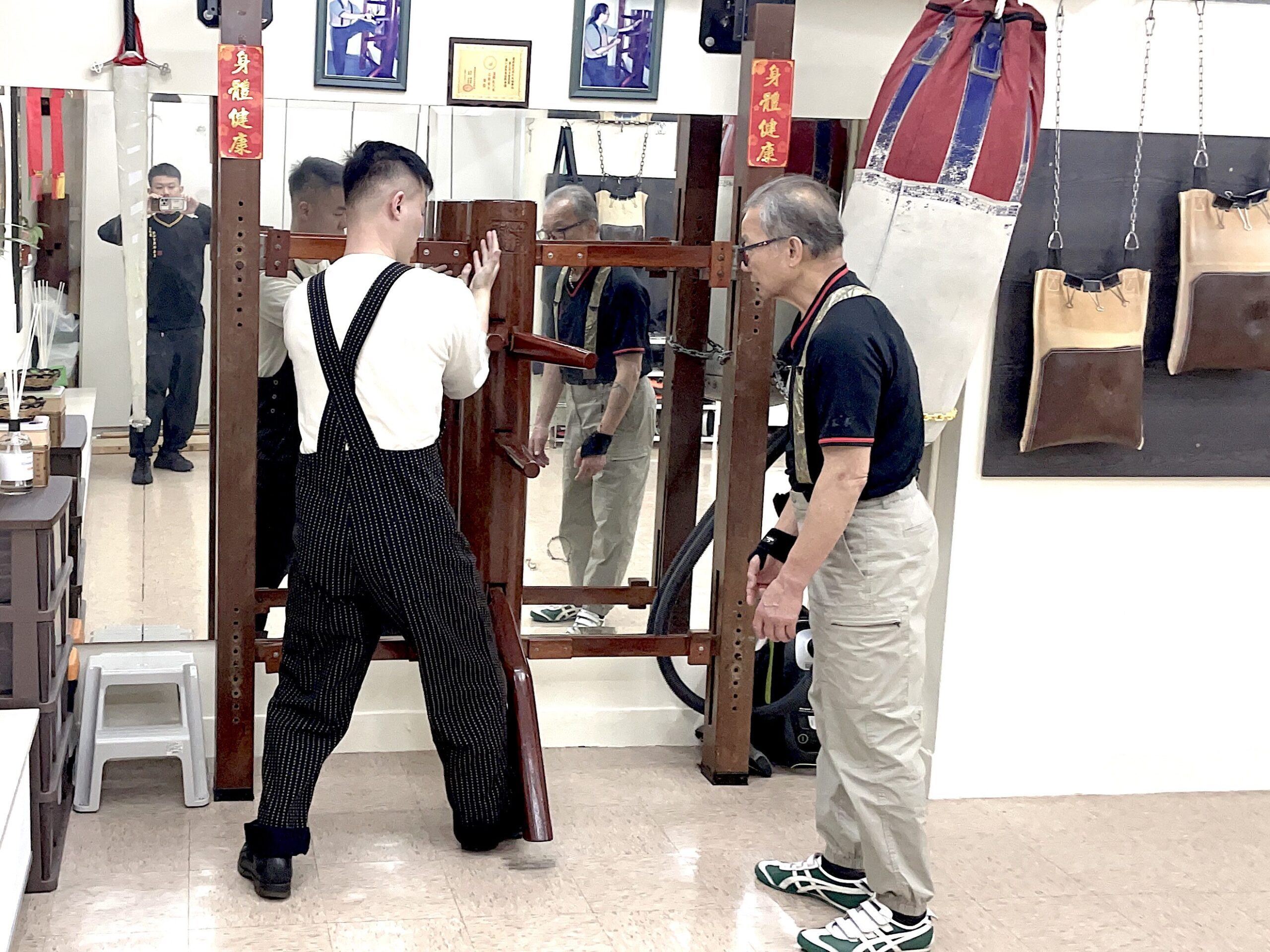
In addition, many other movements in Practical Wing Chun generate strength through arm twisting — Tan Sau(摊手), Hoi(开), Hup(合), Chuen Ma Chut Kuen(转马出拳), etc. Twisting is an essential concept in internal martial arts. It is a powerful force used by imagining oneself as a tightened spring, gathering and releasing force. In Practical Wing Chun, each twist appears to be performed from the forearm. However, each twist is performed from the shoulder — the hips are also involved in twisting the whole body by fixing the knees and ankles. This was a secret method of practice in ancient China called “(熊膀)bear shoulder”, meaning that the shoulders needed to be strong as a bear. For example, in the second section of the SLT Form, there is a combination movement called “Hoi and Hup” — the opening and closing of the hands. Before someone applies the “Hoi”, a crossing hand(交叉手) will be used as a preparatory action, and the crossing hand will make a twisting action in the movement, forcing the shoulders to participate in it. Likewise, the “Hup” is a reverse twist after the “Hoi” and returns to a crossing-hand-like action, with only a slight difference in the final landing point.
Once you know how to apply the “Hoi and Hup”, it is essential to understand the internal meaning hidden in the movement. “Hoi and Hup” activates the thoracic cavity by twisting the arms and shoulders, thus increasing strength. Initially, the chest is passively involved in the movement, but after a period of practice, the chest will take an active role. That is, through a change in consciousness, the chest can become the source of strength, and then the power can be applied to the hands. This consciousness transformation training is the core concept of the word “internal” in the system. Through a shift in consciousness, the body is guided to make movements. The movements are then finely tuned so that power can be issued from any desired position.
As a new Wing Chun system, Practical Wing Chun perfectly integrates the elements of internal martial arts and traditional Wong Shun Leung Wing Chun, providing a new way of thinking for Wing Chun practitioners. Ω
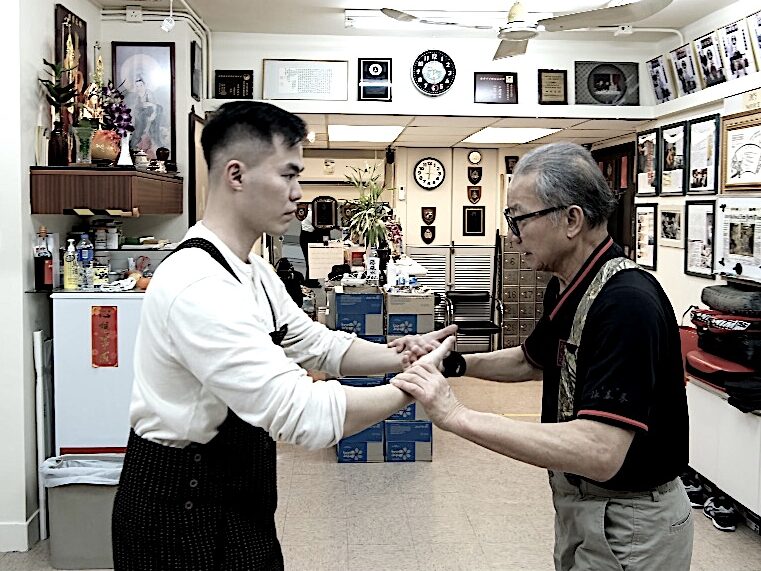


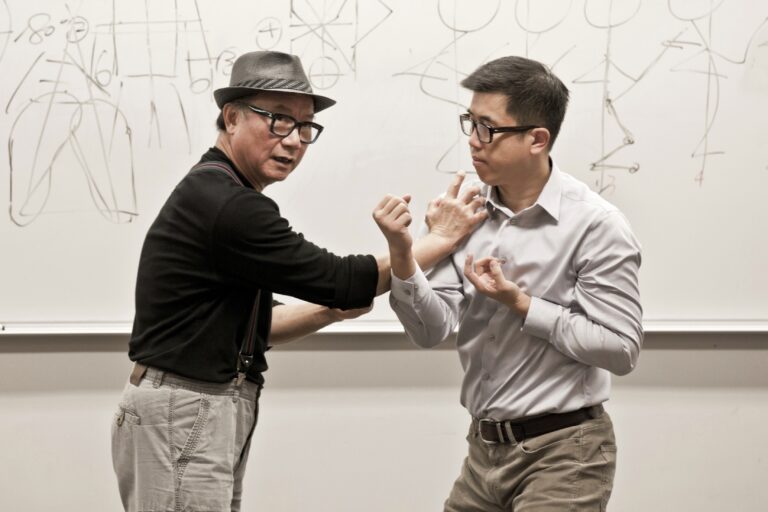
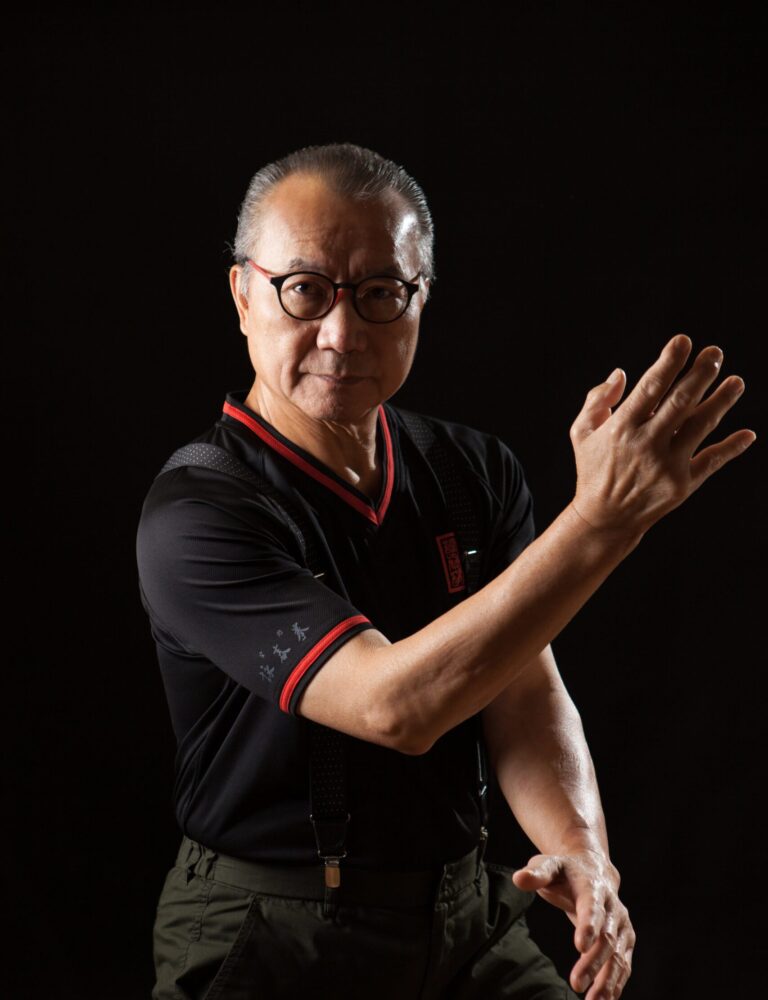



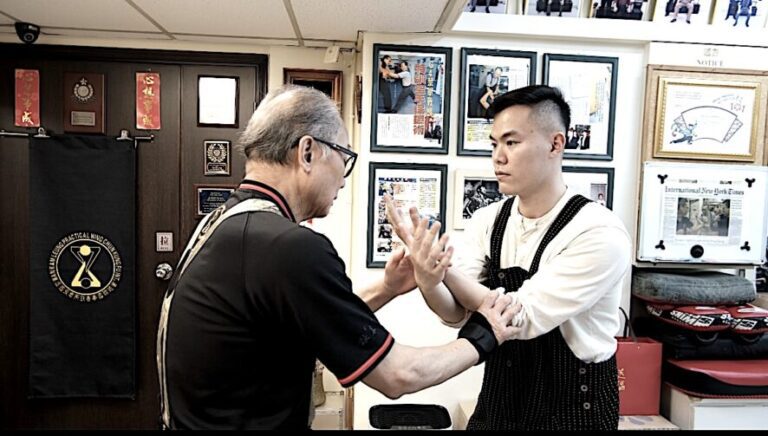

6 Comments
This is a perfect example of why straight text does not communicate. You stated things that seemed to be good, but without a video illustrating the example, what good are the words? Pointless…!!!
Awesome post !! Very insightful – thank you for sharing.
Yes I would like to know that different style of Wing Chung of Wong Shun Leung. please help
Very Interesting, I’ve taking lessons from GM Steve Lee Swift who studied under Ip Ching, I took lessons 1 1/2 yrs roughly, I liked it. at 66 I have shoulder trouble, haven’t gone in over a yr. wish I met him yrs ago
.
Thank you for the enlightenment and the detailed illustration
Thank you for the explanatipn of the proper use of the three stars of the upper Body and the three stars of the lower body, specifically of the shoulders and d hips. I would love to continúe receiving more insight into Practical Wing Chun.